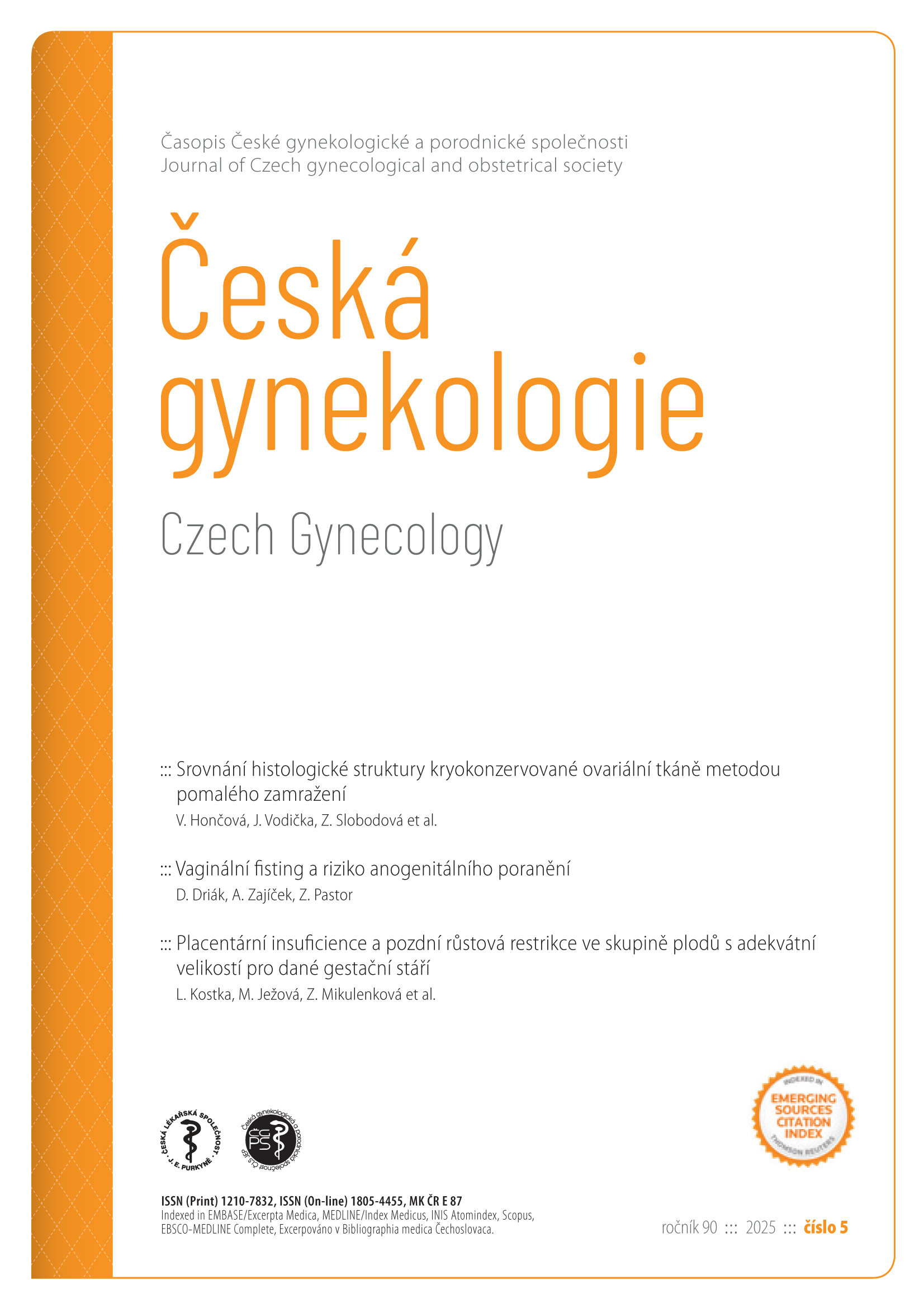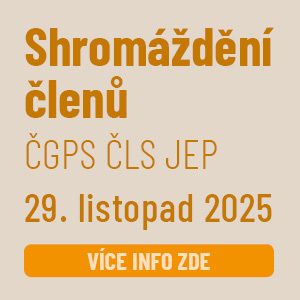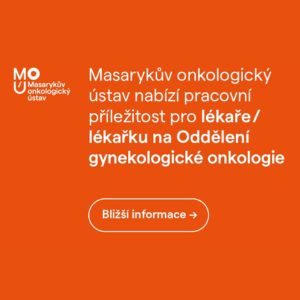Comparative analysis of the histological architecture of ovarian tissue following slow-freezing cryopreservation
Keywords:
fertility preservation, ovarian tissue cryopreservation, slow-freezing, oncofertility, assisted reproduction, in vitro fertilization, transgenderAbstract
Objective: The aim of this study was to validate the methodology of ovarian tissue cryopreservation using the slow freezing technique as a fertility preservation approach and to assess its potential implementation in clinical practice at the Assisted Reproduction Centre of the University Hospital Olomouc. In parallel, the technical procedure of cryopreservation was optimized and standardized. Materials and methods: The study was conducted between April 2022 and December 2024 at the Department of Obstetrics and Gynecology, University Hospital Olomouc, and included six transgender patients aged 19–25 years who underwent laparoscopic hysterectomy with bilateral adnexectomy as part of gender--affirming surgery. Ovarian tissue obtained during the procedure was immediately processed and cryopreserved using the slow freezing method at the Assisted Reproduction Centre of the University Hospital Olomouc. Histopathological evaluation of the ovarian tissue was performed both prior to cryopreservation and after thawing at the Department of Clinical and Molecular Pathology. Results: Morphological assessment of the ovarian tissue after cryopreservation confirmed preservation of structural characteristics of follicles and stromal components, without signs of significant degeneration. Conclusion: The results confirm that the applied slow freezing protocol for ovarian tissue cryopreservation is appropriate and sufficiently gentle for clinical use. This method represents a reliable option for fertility preservation in patients undergoing gonadectomy, with potential applications in subsequent autologous transplantation or in vitro follicle culture.





